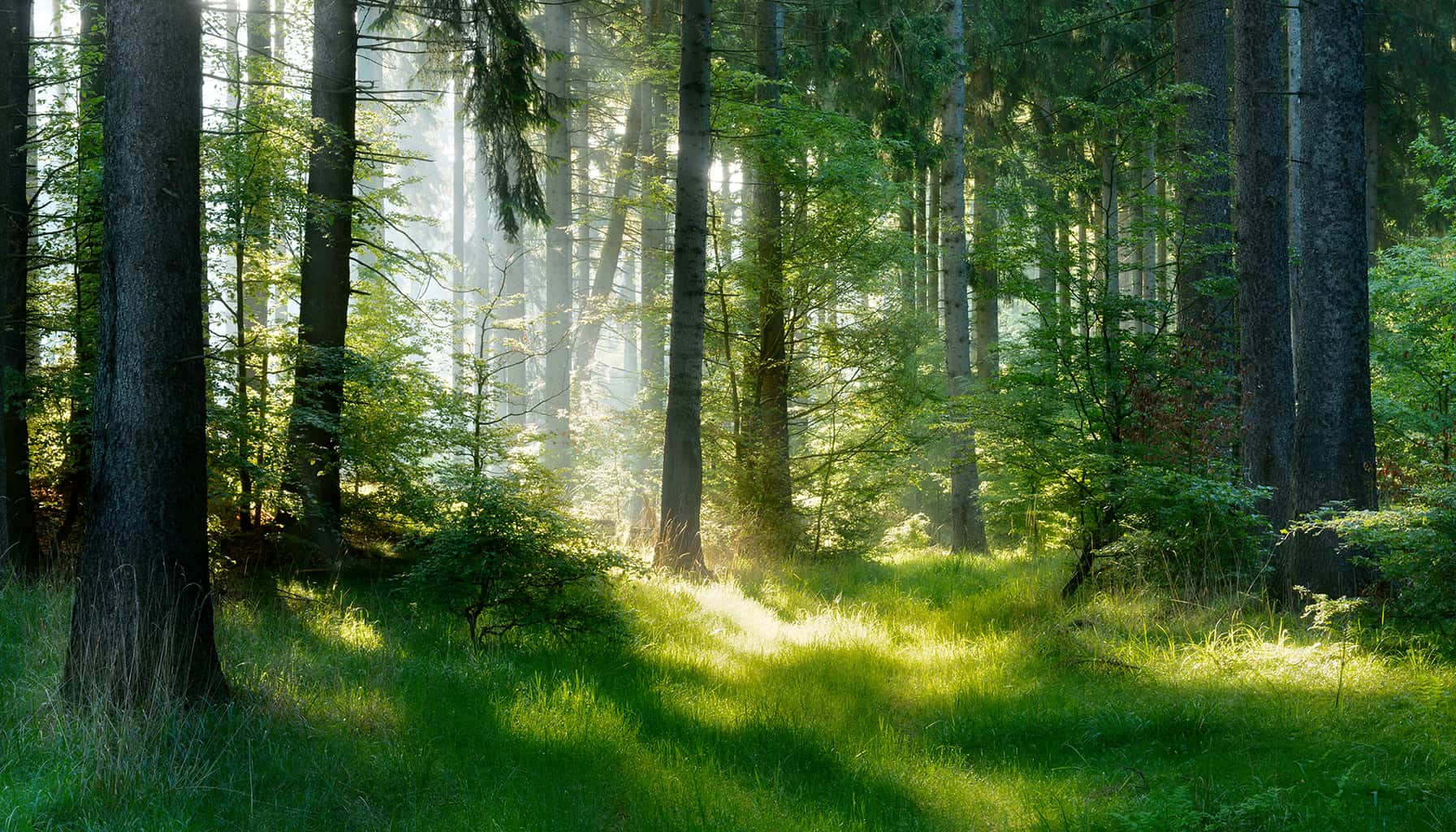
Do technological carbon sinks provide a real lever against climate change?
3 minutes of reading
Carbon sinks are essential tools for combating climate change. They raise issues of environmental protection and restoration as well as technological innovation. Some of them are natural, others man-made. But they all act to capture carbon and ultimately reduce air pollution. They have already been discussed in the “Carbon Resilience” trend note; in this article we will look at the prospects for technical development and the absorption capacity of the systems in place.

Natural and technological sinks…
Two “natural” sinks absorb the CO2 released into the atmosphere: the oceans and continental ecosystems (of which the soil is the main receptor, particularly in the case of forest systems, where the carbon stock is located below the surface): forests, meadows, wetlands, etc. The atmosphere has been exchanging carbon naturally with other spheres (hydrosphere, lithosphere, biosphere) for billions of years in reservoirs where naturally produced carbon is stored. Nevertheless, in recent years, other forms of sinks have been developed to absorb anthropogenic (human-generated) CO2, which is produced in much larger quantities than natural sinks can currently handle: 39 billion tonnes of CO2 in 2020. Technological devices are being put in place to first capture and then store or absorb carbon flows. It is currently possible to activate two levers: supporting the strengthening of the so-called “natural” carbon cycle through reforestation, ecological practices, etc., and innovation, by designing artificial “technological” or “man-made”sinks that mimic the actions of a natural sink.… with a relative impact on climate change
The 2021 IPCC report explores several scenarios for climate change. While the optimistic scenario does not foresee the total annihilation of the absorption capacity of CO2 sinks, a catastrophic scenario would turn these former storage sites into new sources of atmospheric carbon. The drying up of the various biomes (particularly the boreal and tropical rainforests), changes in ocean currents or the acidification of the oceans could mean, in the long term, that these former natural carbon sinks would no longer be capable of capturing CO2 and on the contrary, they would start to produce it. To prevent this from happening, the European Commission paved the way for an environmental strategy on carbon sinks in September 2021. The target of carbon neutrality announced for 2050 is supported by the increasing implementation of solutions that absorb excess carbon, whether by natural or artificial means. While this objective primarily involves reducing GHGs, the action plans include the implementation of a new economic model, “carbon farming”, which aims to financially reward good practices in terms of CO2 storage and absorption by the agricultural and forestry sectors. The technical innovations are vast, and can range from capture at source to the burial of CO2. However, storage capacity varies widely depending on the solutions chosen and, on its own, it is difficult to sustainably curb the consequences of climate change. Biomass solutions also raise the question of sustainability and governance of such projects. Requiring ever-larger tracts of arable land, they undermine food production, mainly in southern countries, to enable northern countries to “offset” their emissions. This explains the need to establish resilient carbon sinks that can adapt to the needs of populations and to environmental changes.Promising innovations in terms of absorption capacity
Developed in the global report on CCS (Carbon Capture and Storage), the example of Northern Lights, the Norwegian project for shared CO2 transport and storage infrastructure, has now become one of the most advanced and innovative in Europe. With this project, Norway plans to capture CO2 at several industrial facilities in north-west Europe. When it comes into operation in 2024, Northern Lights will be the very first cross-border CO2transport and storage infrastructure network open to third parties. Northern Lights will include the collection of liquefied CO2, its shipment to a coastal terminal in western Norway for temporary storage and its final delivery to the permanent offshore storage site roughly 2,600 metres below the Norwegian ocean shelf. A drilling campaign is due to start soon to assess the shelf’s suitability and capacity for CO2 storage. Direct Air Capture (DAC) is another form of capture that is now gaining popularity in Europe. The principle of decarbonisation of the air can be questioned as to its significance, given that the concentration of CO2 from industrial activities does not exceed 0.4% in the ambient air. Nevertheless, DAC systems are being developed by some industrial companies. This is the case of Climeworks, a Swiss firm, which launched the Orca project in Iceland in 2021, the largest direct air capture and storage plant in the world. The company has announced a capture capacity of up to 4,000 tonnes of CO2 per year. As far as “natural” carbon sinks are concerned, the real innovation consists in the governance and the scale of application of the project. Carbon neutrality must be considered on the scale of the territory in order to compensate for local emissions in an ideal way. In Marseille, for example, the innovative Prométhée-Med project, launched in 2021, seeks to protect Posidonia meadows, endemic to the Mediterranean Sea, as part of the French low-carbon label in the Calanques National Park pilot site. These seagrass meadows play a key part in carbon sequestration, amounting to up to 1,500 tonnes per hectare (3 to 5 times more than tropical forests). The project therefore focuses on blue carbon, allowing local businesses to offset their CO2 emissions. Between the natural carbon sinks that need to be preserved and the race for new technologies to create artificial ones, let’s not forget that carbon neutrality is not only based on the capacity to store and capture CO2 but also on its emission. Our emissions are increasing, and while digital innovations allow us to envisage a reduction in our environmental footprint, it seems increasingly necessary to live more frugal lifestyles.More reading
Read also




What lies ahead? 7 megatrends and their influence on construction, real estate and urban development
Article
20 minutes of reading

